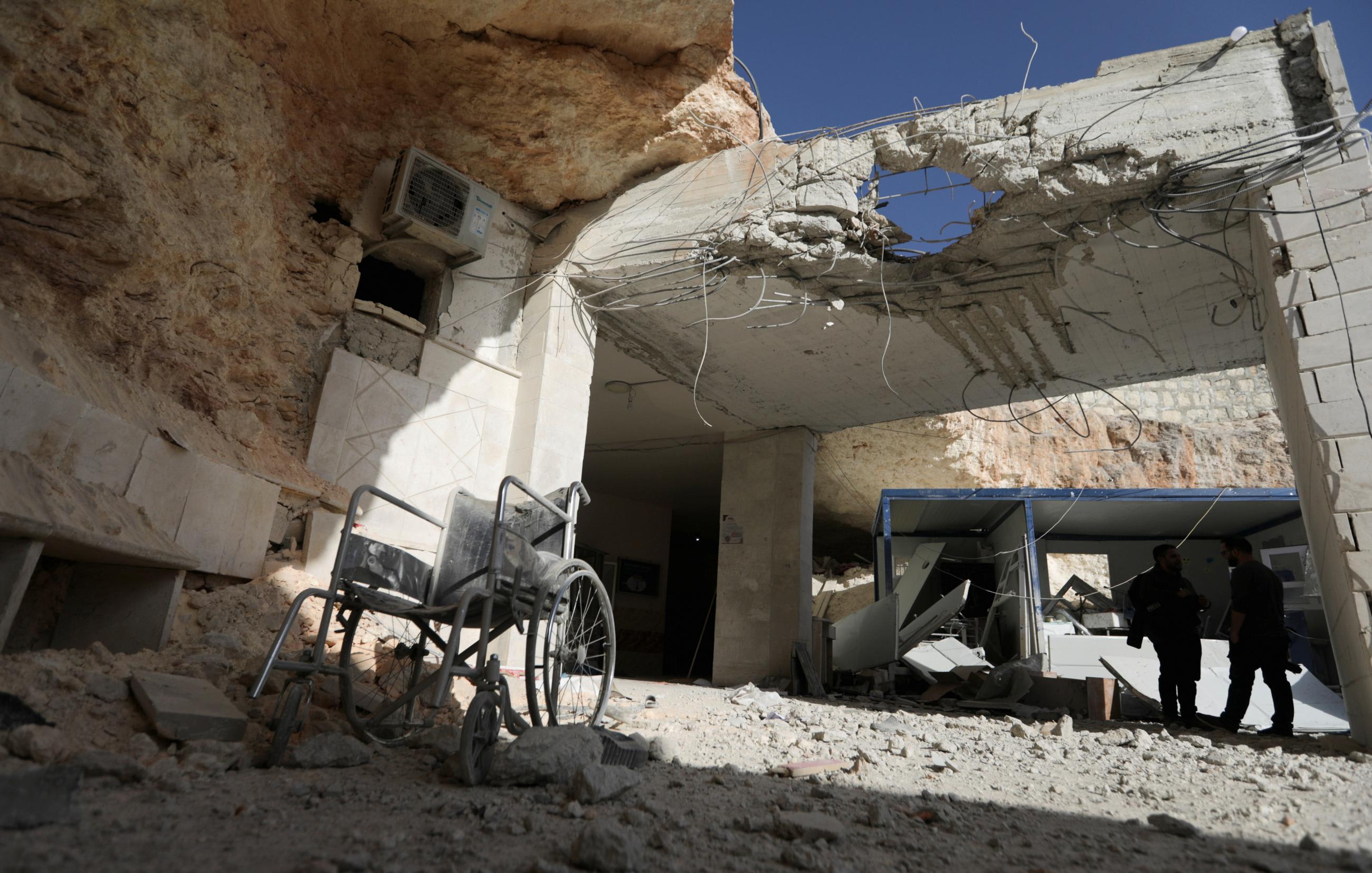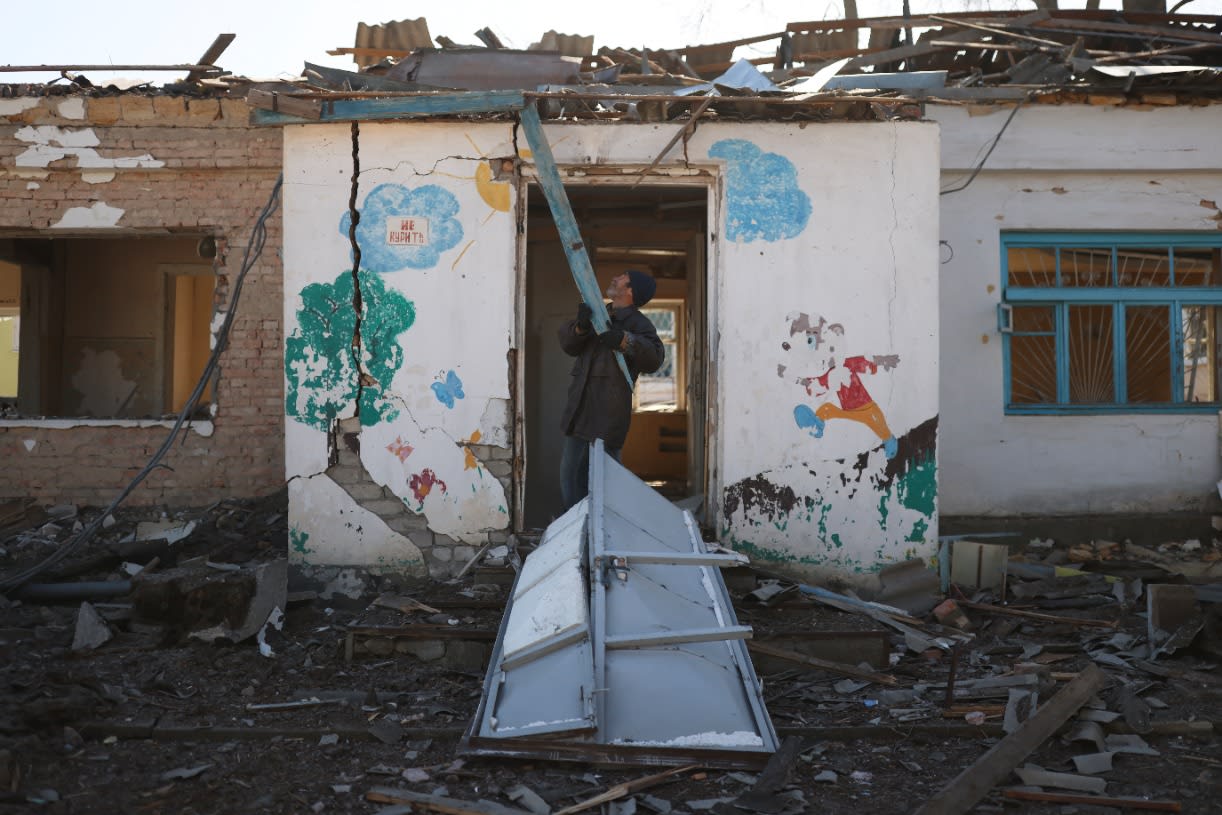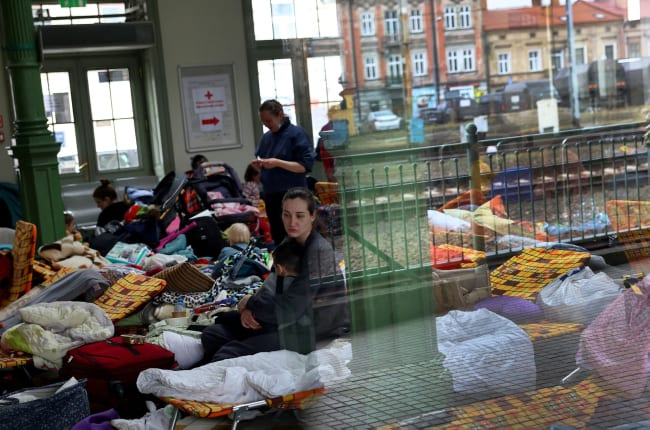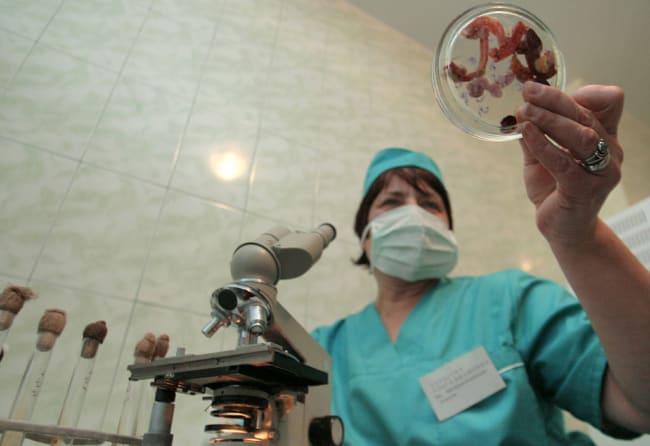Russia's unprovoked invasion of Ukraine has shocked and angered the world. The bombing of a maternity hospital in Mariupol on March 9, has drawn particular outrage, as Russia continues to violate ceasefire agreements and attack vulnerable civilians. Attacks on medical facilities, personnel, and transport are violations of the principle of medical impartiality, a pillar of international law that is intended to protect health infrastructure during wartime. Since April 2018, the World Health Organization (WHO) has documented 85 attacks on health-care facilities in Ukraine.
To better understand Russia's attacks on Ukrainian medical facilities, Think Global Health spoke with Dr. Houssam Al-Nahhas, a Middle East and North Africa researcher at Physicians for Human Rights (PHR). Dr. Al-Nahhas is a Syrian physician who previously practiced emergency medicine in Aleppo during the ongoing Syrian War.
Think Global Health: PHR has created an interactive map of attacks on health-care facilities and personnel in Syria. Can you speak a little bit about the nature of these attacks?
Houssam al-Nahhas: The map of the attacks on health-care facilities is some of the initial work that PHR started in Syria. It's basically a map of all the attacks that happened on health-care facilities or health-care professionals throughout the conflict and includes all attacks committed by different parties to the conflict. Right now, the numbers on the map are up-to-date so we have 601 attacks on 400 separate facilities. We also document the killing of at least 942 medical personnel since the conflict began over a decade ago. The way we collect the data is by conducting open-source investigations and communicating with our partners on the ground to collect information about each attack. We then analyze the evidence that is available to see if we can understand who the possible perpetrators are.
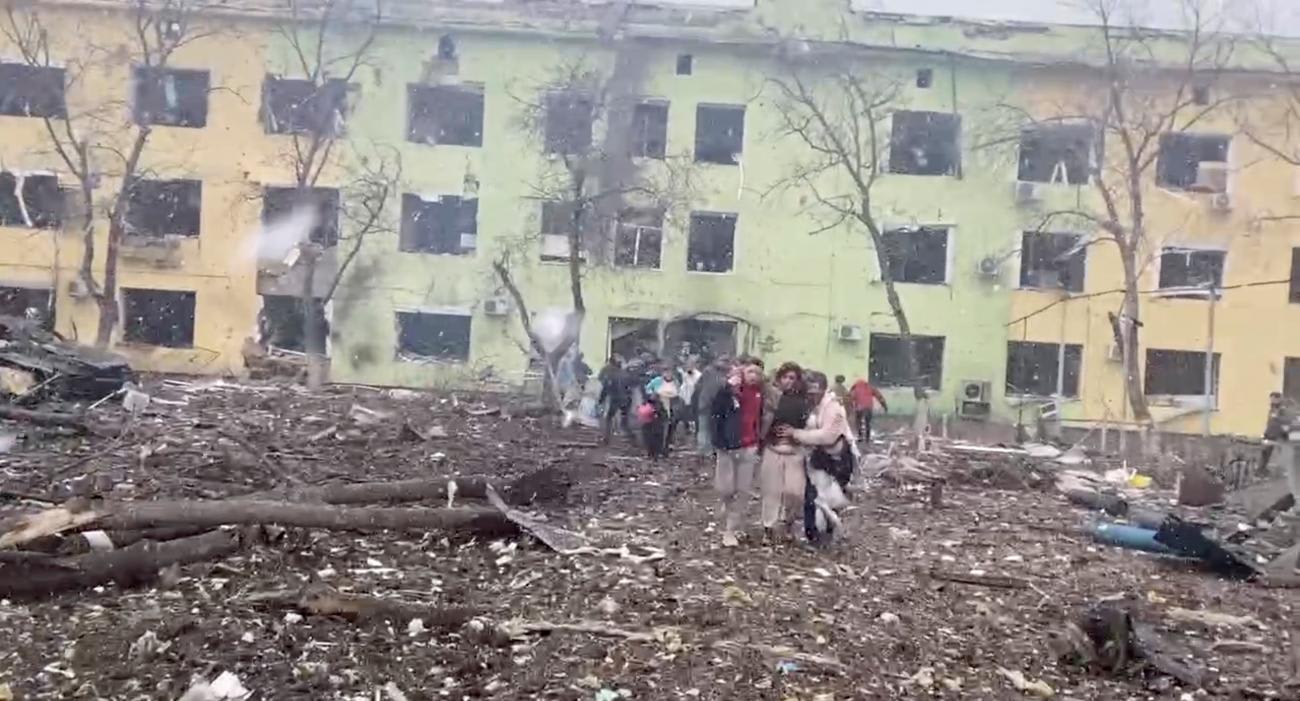
Unfortunately, attacks on health-care facilities have been a war strategy throughout the Syrian crisis, employed mainly by the Syrian government and its Russian allies. And if you look at the map you see that we have around 542 attacks that were committed either by the Syrian government or its Russian allies (298 by Syrian government forces, 244 by either Russian or Syrian government forces), which shows that there was an intentionality behind this sort of thing. Being able to access health care is one of the means of resilience for civilians, especially in wartime, during conflict. So, by attacking health care, the whole community can easily collapse because people will be afraid of seeking health care in these facilities and won't find anyone to treat them.
This is the first part of the documentation that we did, but we also started to study the long-term impact of such attacks on health care. In one of the case studies that we published recently on an attack that happened in March 2021 in al-Atareb, in the Aleppo countryside, we found that the number of consultations—even for non-war related services, like maternity health or child health—decreased exponentially after the attack. We found that at least 50 percent of the services or consultations for maternal health decreased after the attack and this is mainly because, first, the medical staff didn't feel safe to go and reopen the facility, but also because people or communities that were served by these facilities were hesitant to seek care.
After the UN shared the GPS locations of facilities in Syria, they were more likely to be targeted
Think Global Health: Are there lessons to be learned from Syria that we can use to reduce harm and casualties in Ukraine?
Houssam: Yes. Unfortunately, many mechanisms that were used in Syria aiming to reduce the risk or the damage, such as the UN-facilitated deconfliction mechanism, did not work. Basically, this is sharing the location of health facilities in the conflict zone so they can be protected. What happened in Syria is that after sharing all these GPS locations, facilities were more likely to be targeted by the government and its Russian allies. I think there are still initiatives that can be used to protect health in conflict. This consists mainly of documenting these attacks and increasingly advocating more and more for accountability and justice, for international criminal tribunals to respond to and investigate such attacks, so it doesn't become a new norm where people don't feel safe accessing health care.
Attacks on Health-Care Facilities in Syria and Ukraine Since 2018
Think Global Health: On your map, there are medical facility attacks perpetrated by other forces as well. Is this a tactic that's specific to Syria and Russia, or is it more widely used?
Houssam: The destruction or targeting of health-care facilities cannot be called collateral damage. This is unacceptable and cannot be a norm, cannot be justified in any way. Because of the relatively small number of attacks perpetrated by other forces, we couldn't further study the pattern of attacks on health care that were committed by the International Coalition forces in Northeastern Syria and other parties to the conflict, including ISIS and anti-government armed groups. At PHR, we have documented four attacks perpetrated by the International Coalition Forces, 10 by ISIS, and 24 by anti-government armed groups, all add up to around 6.5 percent of the total number of attacks. So, from a statistical point of view, it is hard to draw any conclusion on the intentionality to attack health-care facilities with respect to other forces engaging in the conflict. That said, we believe it is important to conduct independent investigations on all these attacks.
From our analysis of the huge amount of data we have on attacks committed by the Syrian government and Russian allies, we saw overwhelming evidence of this pattern. When there was a military escalation in Aleppo to retake the city, we saw how health-care facilities in the city and across the evacuation route were targeted by Syrian and Russian forces. So, people were deprived of their right to access health care. In Northeastern Syria, with the attacks by the International Coalition forces, it's more random, more scattered, so we did not see or capture a pattern for such attacks. This is the difference.
Reflecting on my own experience when I was in Syria working in Aleppo, when opening a health facility in a neighborhood, we would find some resistance from the community. They would say, "If you open a health facility, we will be more susceptible, more prone to be targeted as a neighborhood." I don't think this is true of attacks committed by other parties.
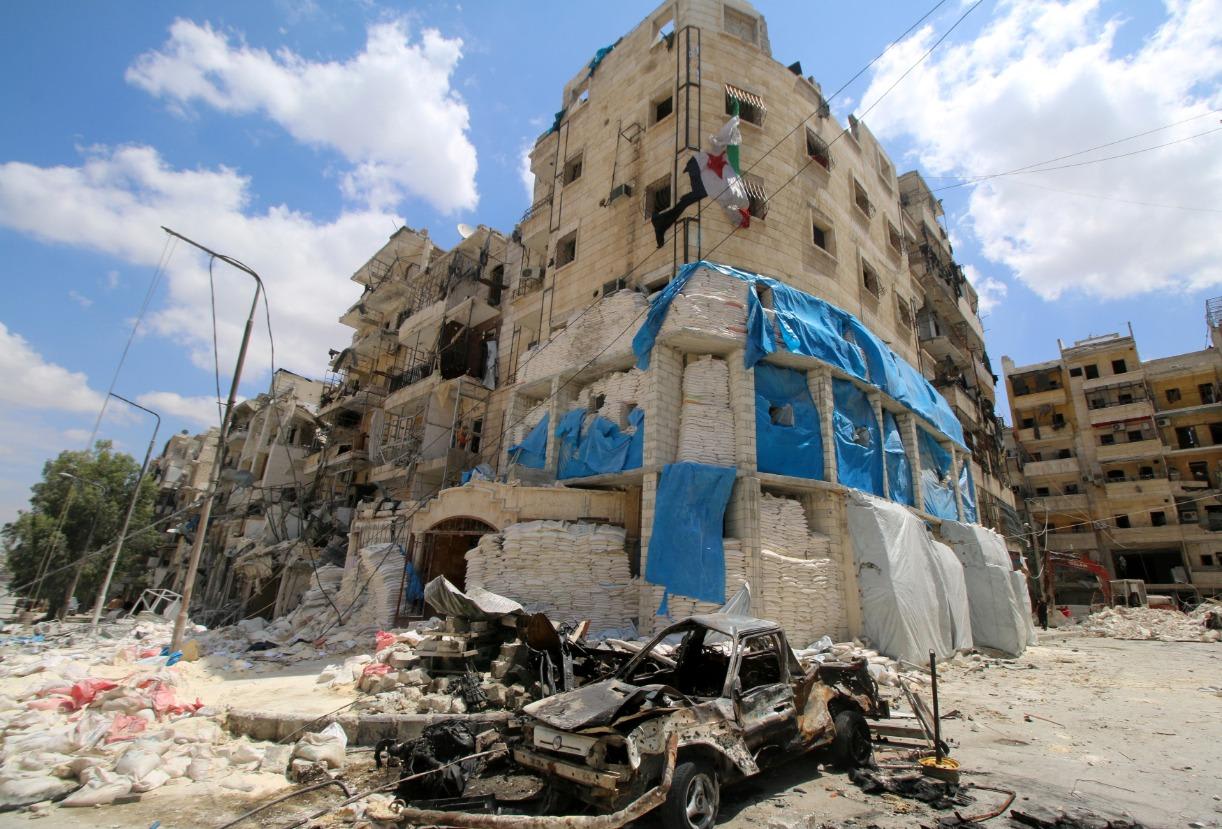
Think Global Health: Is there a way to access health care that is less likely to be targeted?
Houssam: In Northwestern Syria, in the areas where the Syrian government or Russian allies have been targeting health-care facilities, the model used is to establish hospitals in caves or provide health-care services out of hospital settings. The problem is, no matter how advanced the structure you are using, you cannot meet the minimum requirements for safe or high-quality health care in a non-hospital setting. Also, from a service-equality perspective, if you are working in a fragmented system, for example, if you try to disperse all these services so you don't put all the eggs in one basket, then you increase the risk for patients when transporting them to another facility. Some of them might have major injuries or need intensive care and transferring them would add a new layer of threats or security concerns.
There's also a high level of poverty in the community. The recent estimation is that 85 percent of the Syrian population right now is below the poverty line and transportation is often unaffordable. We saw this in the case in al-Atareb. People had to travel a few miles for a normal delivery, and they could not afford the transportation fees, which were something like 25 times their daily wages. These are really challenging circumstances where facilities need to be protected, medical staff need to be protected, but also accessibility to health services should be easily accessible to everyone.
As we used to say, hospitals are more dangerous than the front line in Aleppo
Think Global Health: As a physician, when you are treating people in wartime, you have wounds that are directly war-related alongside other regular everyday health-care needs that don't stop because of the war. How do you prioritize and best care for the community? Are there best practices?
Houssam: This is really unfortunate. When you are responding as a physician to the health needs in an active conflict, all the resources and focus go to war-related injuries, like triaging all these acute injuries and providing high-quality health care to these injuries. This is actually unfortunate. We lose the ability to treat noncommunicable diseases or communicable diseases that are usually preventable, which increases mortality related to these illnesses.
In a recent case from Ukraine, a maternity hospital was attacked. Right now, in any area where Russia can attack a hospital, medical staff won't be able to schedule operations to deliver babies. They cannot admit patients for long periods of time. This is what we experienced in Syria. We needed to discharge patients as fast as possible so we could receive new victims because of the nature of the conflict, but also because we wanted to ensure the patients' safety. We used to say back then, hospitals are more dangerous than the front line in Aleppo, so being in a hospital would increase the chances of being killed or injured than if a person is living near or staying on the front line.
All this has a huge impact on the quality and availability of health care. In an advanced health system where people are used to a certain level of care, these systems might collapse, and people might lose their trust in the local health system, which is also challenging.
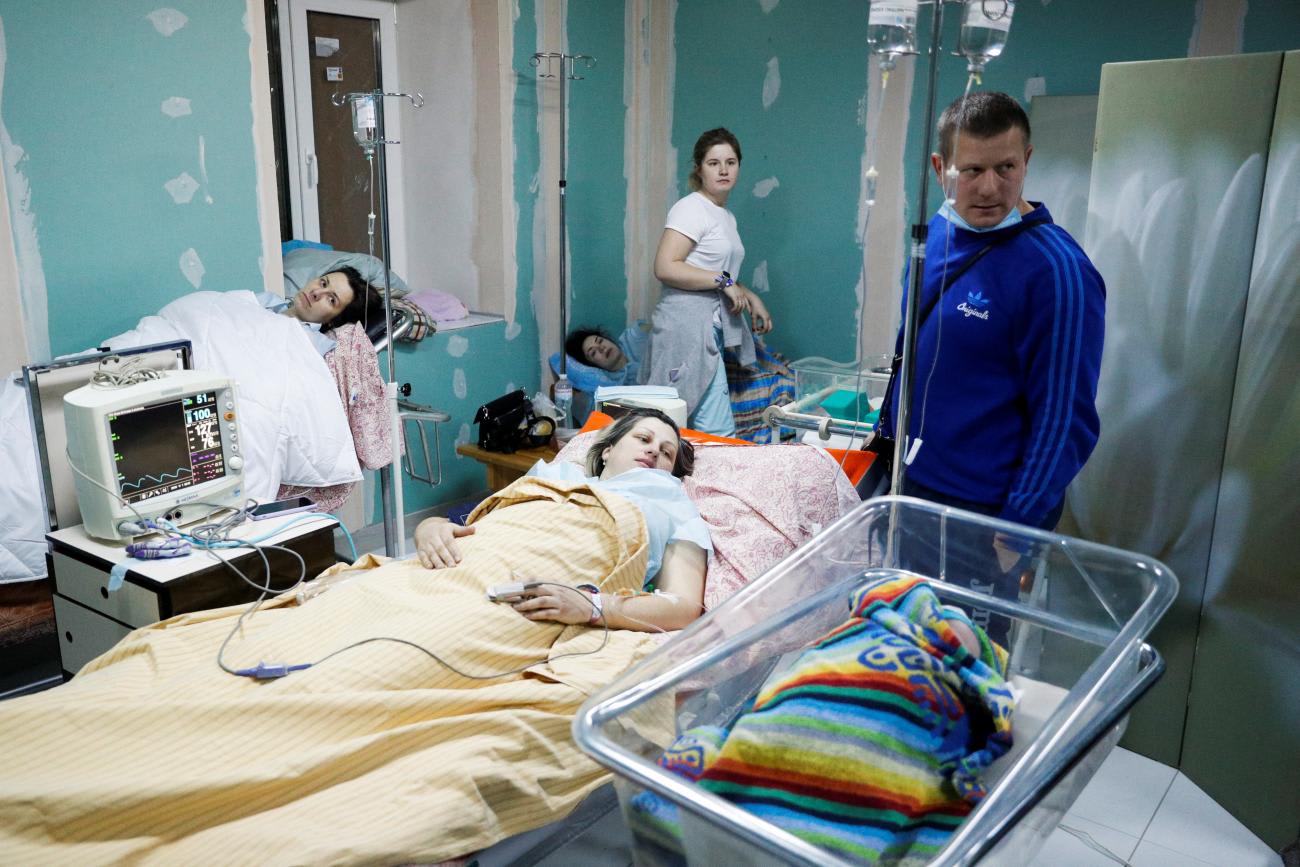
Think Global Health: Some analysts are saying that Russia might be gearing up for a chemical or biological weapons attack in Ukraine, and they have cited Syria as a precedent. How do we defend against or reduce harm from such attacks?
Houssam: When I was in Syria I worked as the local coordinator for the Syria Chemical, Biological, Radiological, Nuclear (CBRN) Task Force, so I was responsible for designing the response plan for chemical threats. And right now, with PHR we are trying to adapt lessons learned from the Syria context for Ukraine. We are trying to see what exists already in the Ukrainian health system in terms of guidelines or documentation mechanisms so we can help support the health-care providers in the event of any possible chemical attack.
We are also exploring ways to support clinicians on how to document it and collect evidence for accountability purposes. We are still in the early phases. We hope not to get to a point where we need to deploy all these resources, but unfortunately, I think from a personal perspective, we are dealing with a state with a proven track record of violating well-established laws of war. Russia has demonstrated that it is not hesitant to deploy any type of weapon against civilian infrastructure, even if prohibited unconventional weapons, just to gain ground in the targeted country.
Think Global Health: So, with that in mind, what does an ideal international response look like?
Houssam: This is a tough question, especially for a Syrian, because after more than a decade of conflict in Syria we have not seen any actual response from the international community that could reduce or minimize, let alone stop the violations that were committed on Syria. Unfortunately, attacks on health-care systems are rarely prosecuted by an international mechanism. Its good that we are now hearing that different legal mechanisms are starting to investigate these attacks in Ukraine. This is a positive first step from the international community to stop the continuous damage to the Ukrainian community, to infrastructure, to the health-care system, and to the Ukrainian people. And again, I think that these efforts should continue and should proceed further toward actual investigation into and prosecution of human rights violations. And of course, local organizations and human rights organizations should play a role in this.
Think Global Health: If there's success in prosecuting these kinds of crimes in Ukraine, could that have positive implications for prosecuting them in Syria?
Houssam: The hope is yes. I cannot claim to be a legal expert. I'm a physician by training, but absolutely, any kind of prosecution or investigation on attacks on health-care facilities in Ukraine would be a light of hope for Syrians that justice can be pursued in this context as well. What is needed is for states to summon the same kind of political will for accountability that they have shown in Ukraine to other conflicts, like the one in Syria.
